
Silk is a 100% natural textile fiber of animal origin. Its fiber comes from a cocoon made by a caterpillar ( mulberry bombyx ) which is generally called the silkworm. There is even spider silk and other caterpillars today, but it is rather marginal.
Silk is one of the oldest used textiles . The oldest traces of silk were found in China and date back to 3000 BC. It was kept as a mysterious secret away from Western civilizations for centuries and gradually introduced to the West via the famous Routes of the silk.
The secret of its manufacture and its slow introduction have made it a rare and luxurious textile material.
Since silk was already a fine and soft thread, it did not benefit from the industrial revolution other than through the mechanization of thread unwinding and faster weaving. The appearance of chemical fibers (polyester, nylon, rayon, etc.) has changed the world of textiles and reduced the use of natural fibers, but silk remains a fabric in high demand for luxury clothing and lingerie.
Even today, 90% of silk is produced in Asia, mainly in China and India. It is estimated that with an annual production of 150,000 tonnes of silk it has 0.2% of the global textile fiber market.
The properties of silk
- High absorption power
- Exceptional softness.
- Shiny and flexible
- Light and pleasant to wear.
- The strongest natural fiber known
- Insulates very well from heat in summer and cold in winter.
- Difficult to maintain
But why address the ecological aspects of silk?

We would tend to believe at first glance that silk is an ecological textile. Although it is a natural and biodegradable fiber, this is not necessarily the case. Like all intensive crops, silk can use chemicals (pesticides and fertilizers). Different operations can involve these substances in addition to the worms being regularly treated with antibiotics to avoid parasites or with hormones to accelerate their production. Additionally, traditional silk extraction requires a large amount of hot water.
From an ethical point of view, questions also arise. Not only are the worms regularly killed by being scalded when it comes time to recover the thread, but its cultivation also requires a lot of unskilled labor .
The latter means that children are often put to work and that workers are subjected to deplorable working conditions: unsanitary working environment, excessive working hours, etc.
Are there solutions for silk that is more respectful of the environment and workers?

Yes ! To do this, we must first favor organic silk crops. These respect both animals and the environment. So, no use of chemicals and the worms have the freedom to transform into a butterfly after their production of thread. This practice is unfortunately today less common and more expensive.
It is also possible to favor transparent brands and producers promoting fair trade which will take into account both working conditions and the environment.
To make a long story short, silk is of natural origin, biodegradable and renewable. However, depending on the preferred production methods, its operation can be more or less respectful of the environment and workers.



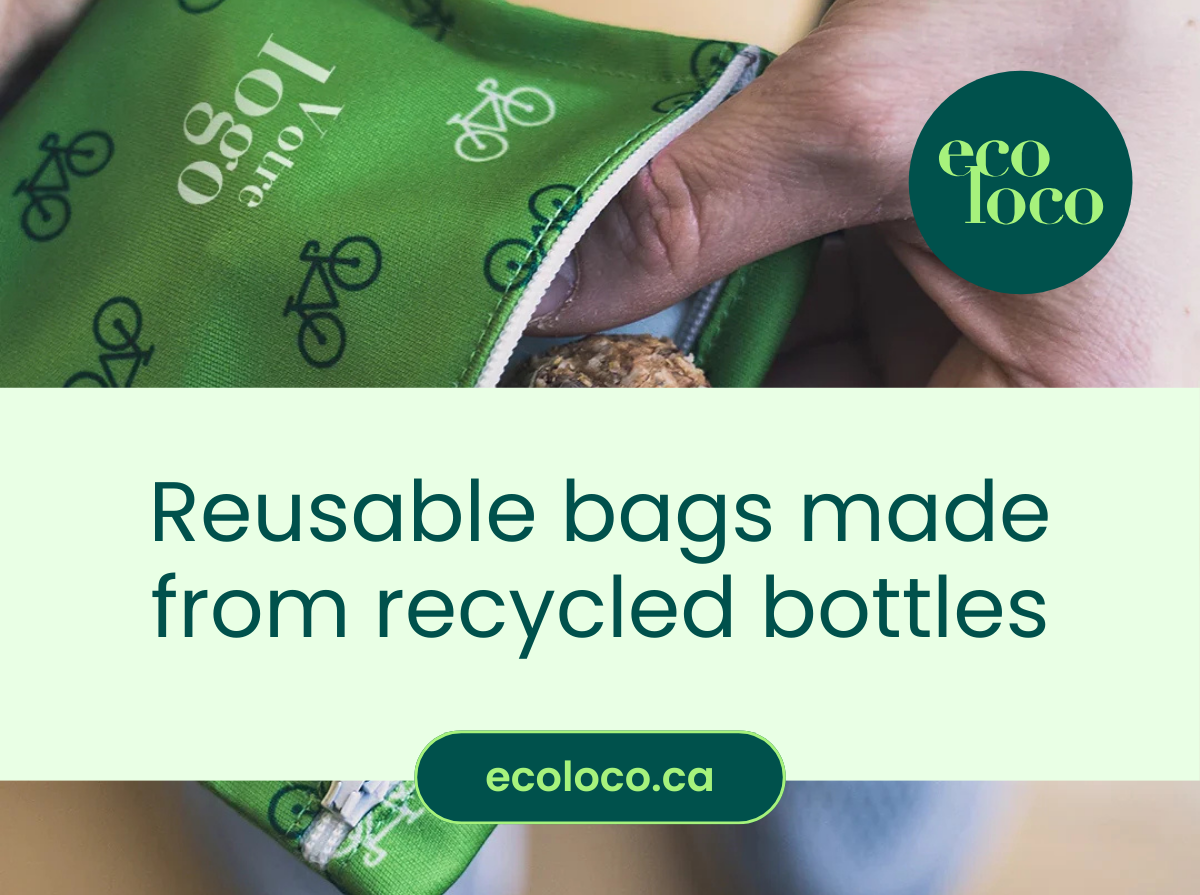
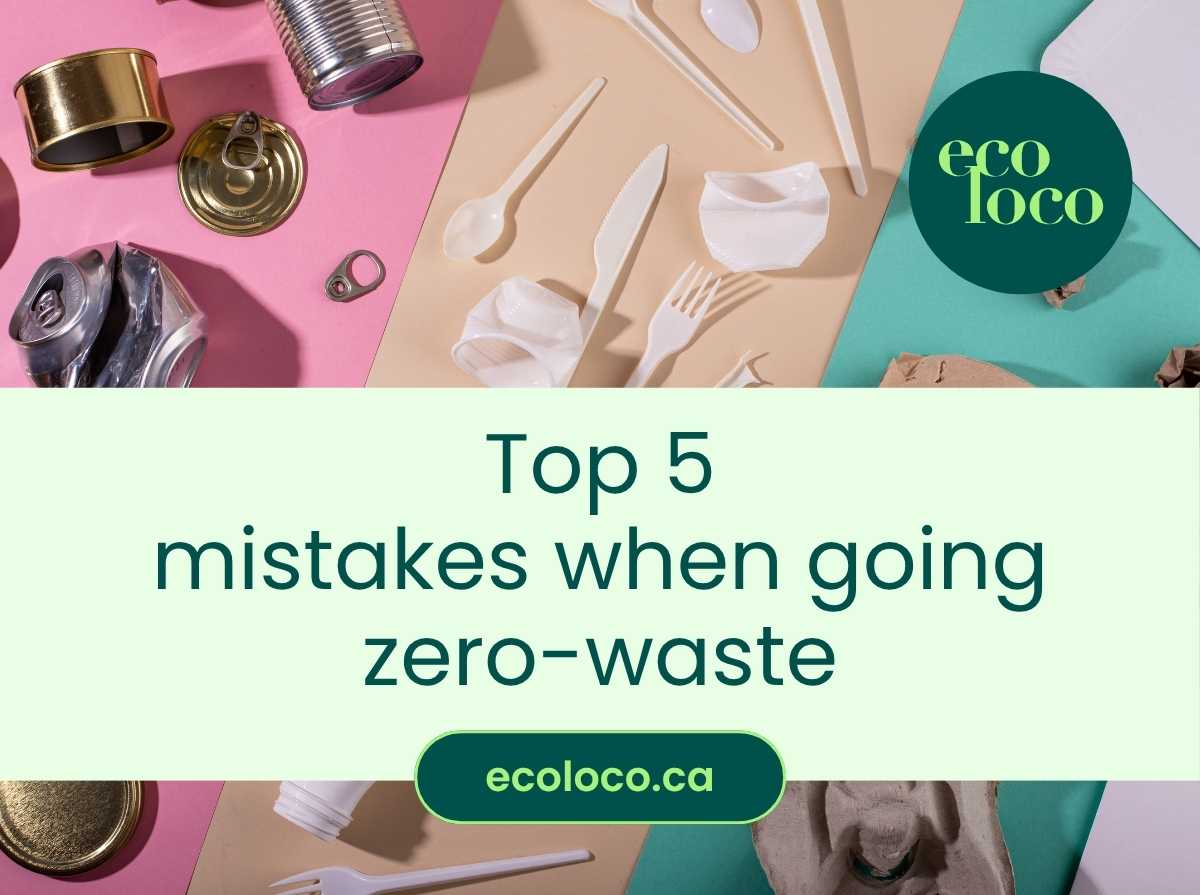
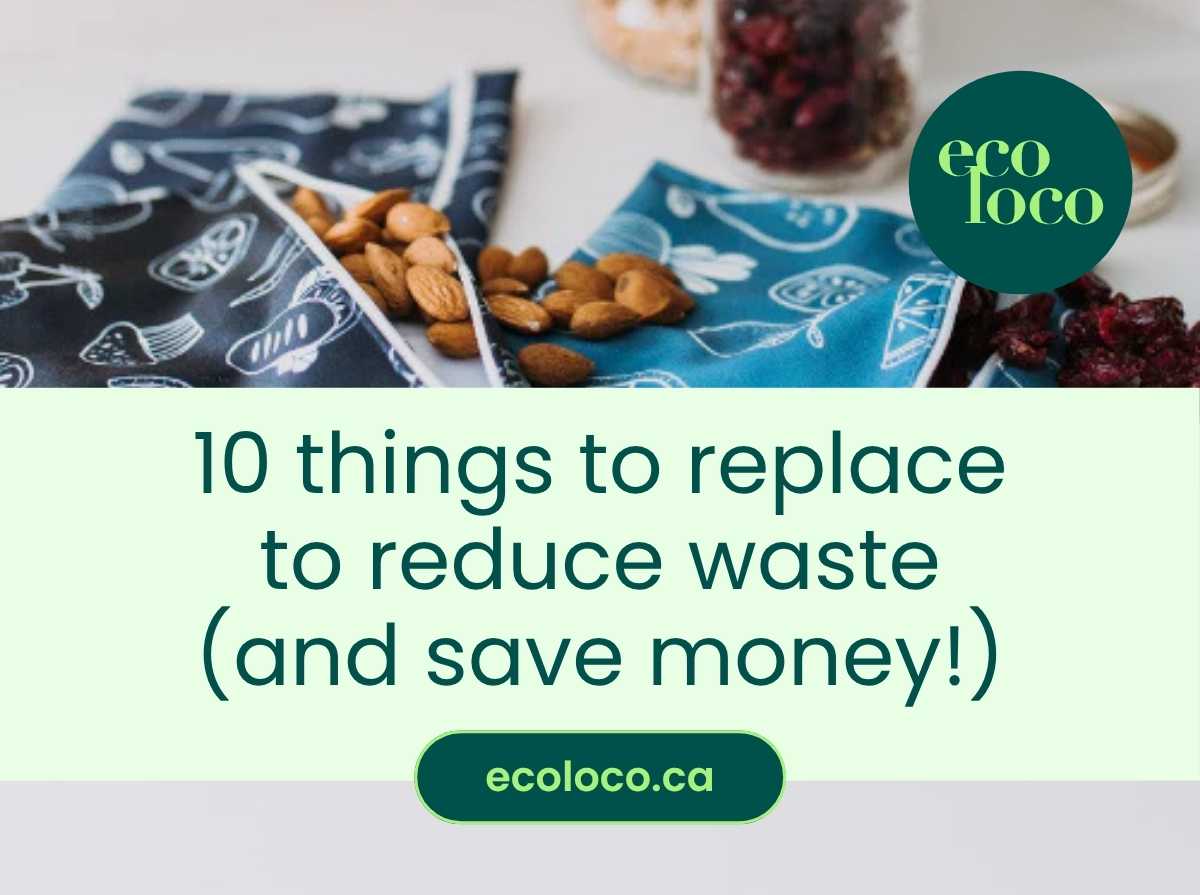


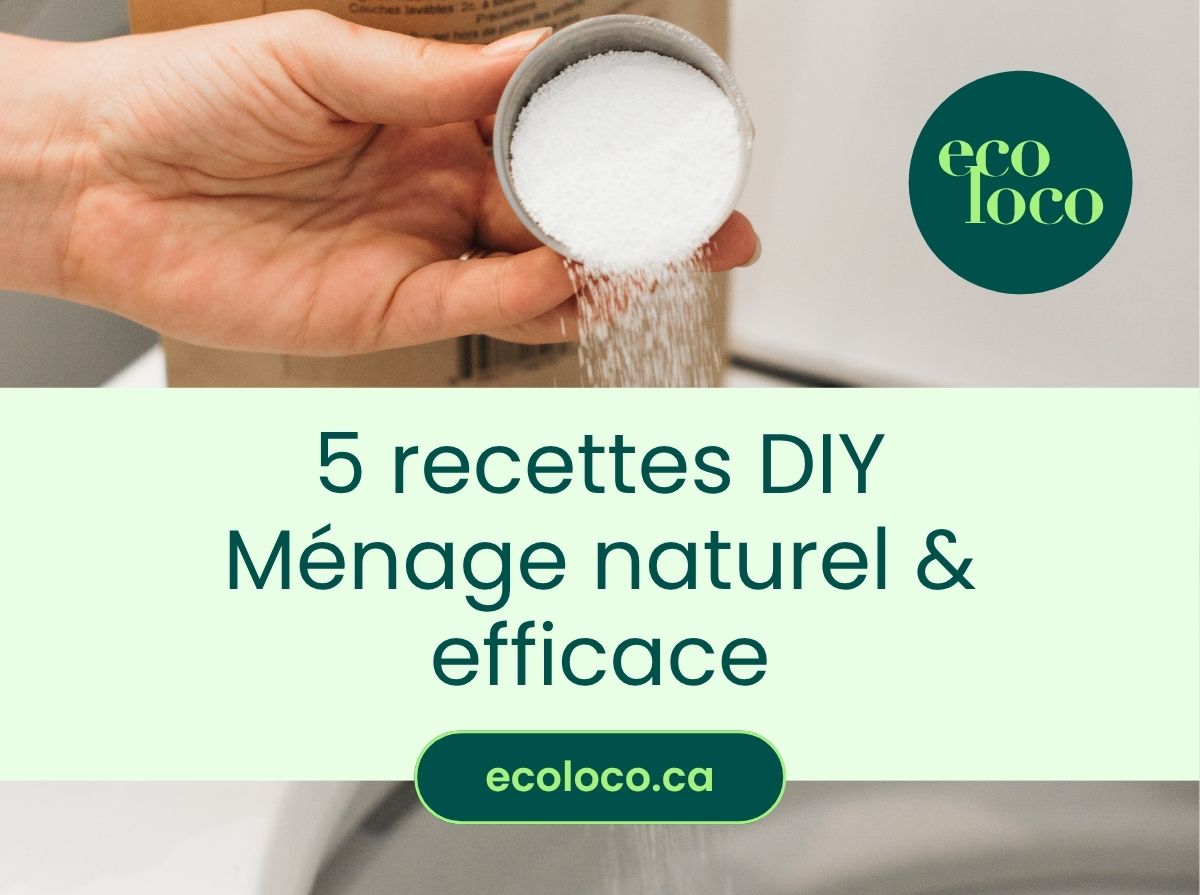



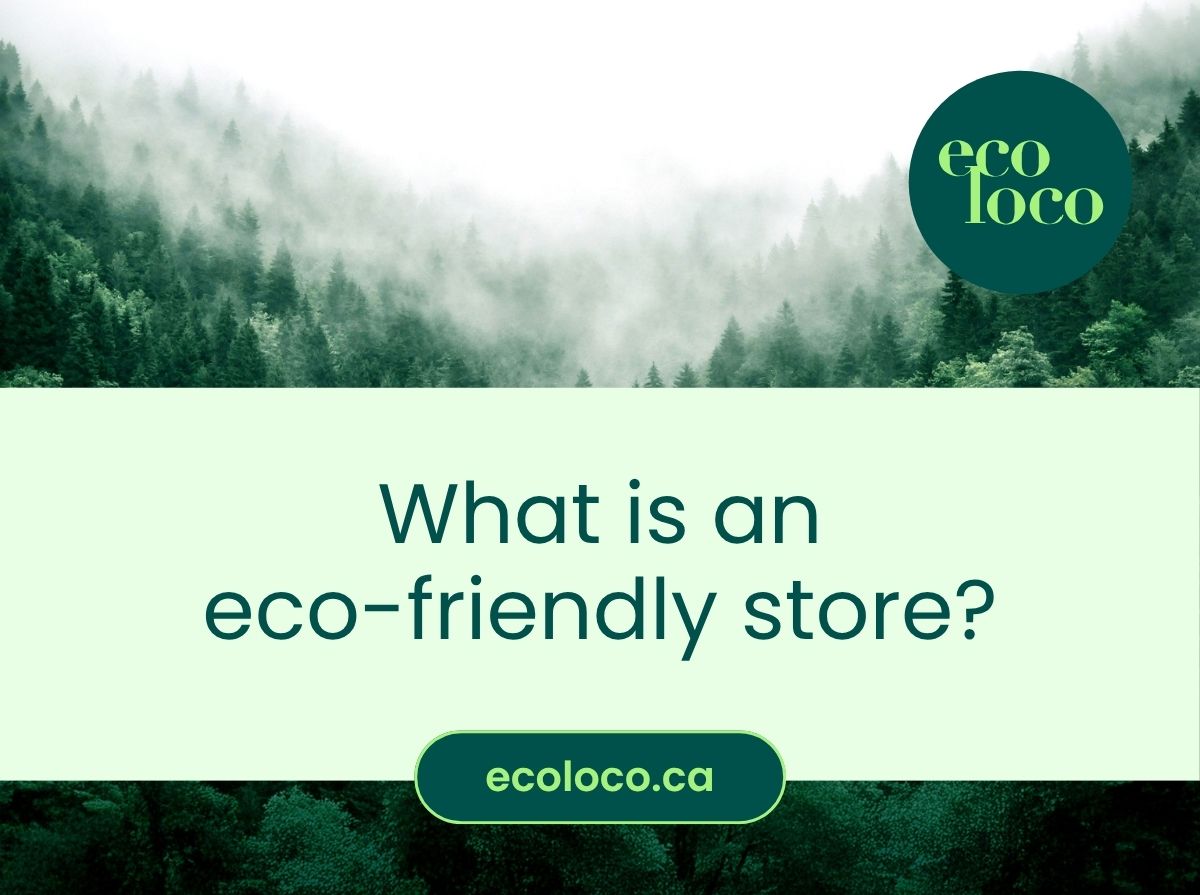
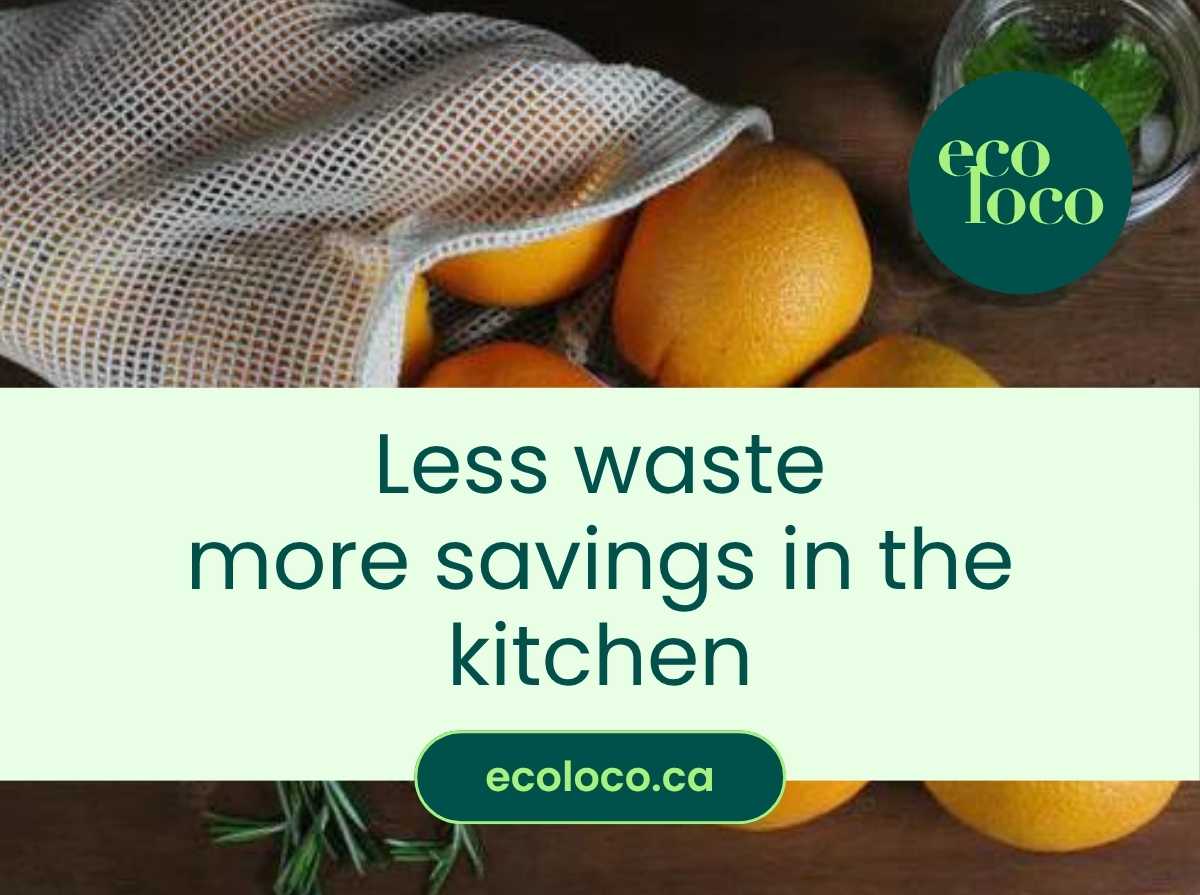
0 comments